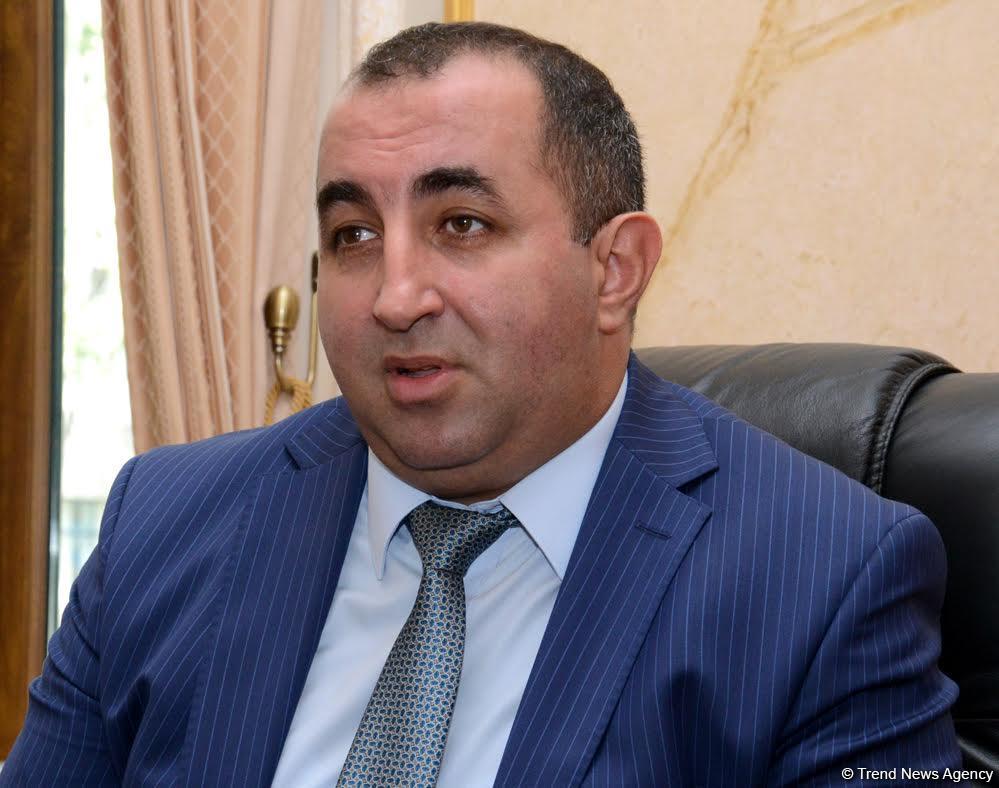Baku, Azerbaijan, Nov. 4
Trend:
Large-scale military exercises, which are to be held on Nov. 12 by Azerbaijan’s Armed Forces, are a serious signal for Armenian President Serzh Sargsyan’s regime, Azerbaijani expert Emil Huseynli told Trend Nov. 4.
Azerbaijan’s Armed Forces will hold large-scale exercises from Nov. 12 through Nov. 18. More than 60,000 members of military personnel, over 50 planes and helicopters, over 150 tanks and armored vehicles will be involved in the exercises, according to the ministry.
The exercises will be held in line with the plan approved by Azerbaijan’s President, Supreme Commander-in-Chief of the Armed Forces Ilham Aliyev in order to inspect the system of control over troops and weapons.
Huseynli noted that the amount of military equipment and personnel involved in the exercises gives a clear notion about the level of potential threat for Armenia.
“The amount of the Azerbaijani Armed Forces’ members involved in the exercises actually exceeds the amount of Armenians living today in Nagorno-Karabakh,” he said. “The dictatorial regime of Armenia must understand that war is not over for Azerbaijan, and the Nagorno-Karabakh conflict is not frozen.”
The expert added that success, achieved by the Azerbaijani army during the April events, showed that Azerbaijani Armed Forces can liberate the occupied territories from separatists at any time.
“Azerbaijan has the right to restore its territorial integrity that fully complies with principles of international law,” said Huseynli. “It is well known both by Armenia and countries protecting it, and it is not a secret for them that if the status quo doesn’t change, war will be inevitable.”
The conflict between the two South Caucasus countries began in 1988 when Armenia made territorial claims against Azerbaijan. As a result of the ensuing war, in 1992 Armenian armed forces occupied 20 percent of Azerbaijan, including the Nagorno-Karabakh region and seven surrounding districts. The 1994 ceasefire agreement was followed by peace negotiations.
Armenia has not yet implemented four UN Security Council resolutions on withdrawal of its armed forces from the Nagorno-Karabakh and the surrounding districts.






